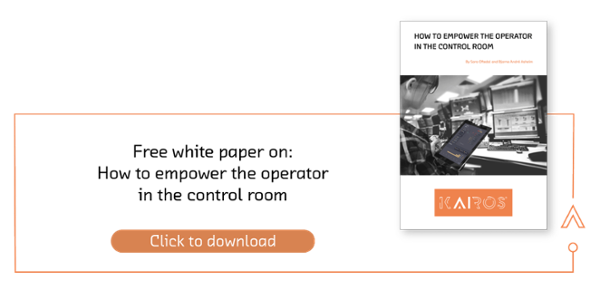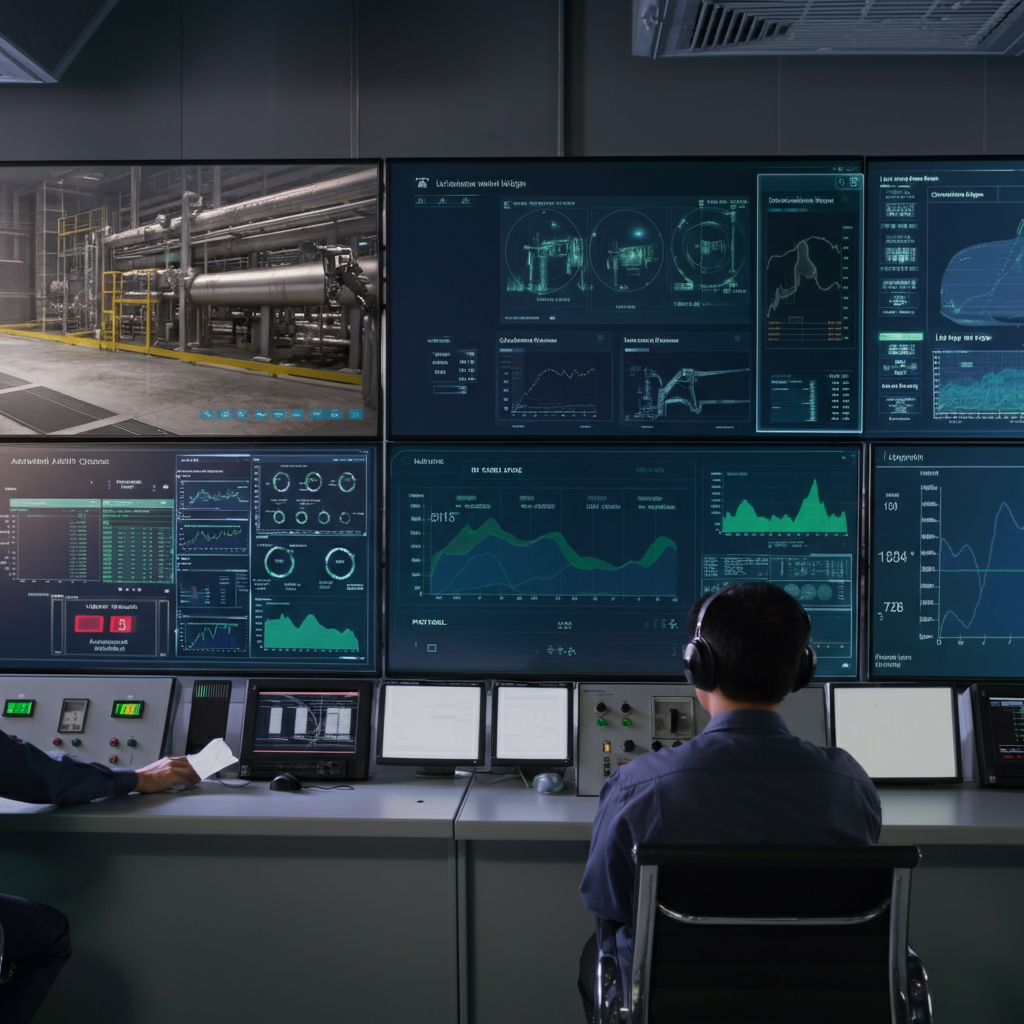Downtime in production facilities is costly. Whether due to technical faults, operational challenges, or organizational issues, the consequences often include lost productivity and increased risks. Fortunately, digitalization offers powerful tools to minimize these disruptions. By leveraging data-driven insights and advanced technology, control room operators can enhance their situational awareness and make faster, more effective decisions. But with digitalization comes the challenge of ensuring it truly adds value without creating complications.
Can downtime be avoided by the control room operator with the use of new digital solutions?
Let us compare the operator in a control room to a formula one race car driver. The overall performance will be dependent on both the technical solutions in the car, how well the support team is organized, and how well the driver operates (drives) the car. Today, we see lots of new safety features in a car assisting the driver. Similarly, digitalization can provide information assisting both the control room operator and the operational support team.
The Cost of Lost Situational Awareness
Research from the Abnormal Situation Management (ASM) Consortium, including insights from industry leaders like BP, Total, and Shell, reveals startling statistics. Industrial plants lose between 3-8% of production annually due to unplanned upsets. Even more critical, 50% of these upsets result from a lack of situational awareness, with 90% being preventable.
The sources of these abnormal events are illustrated in figure 1 below.
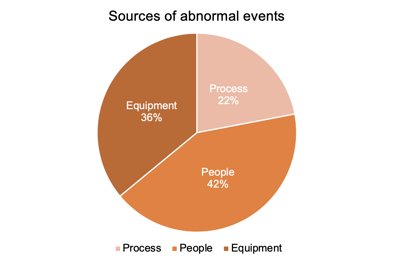
Situational awareness is the operator’s ability to perceive, understand, and predict the status of a system. When lost, even small deviations can cascade into major incidents. For example, during normal operations, the Distributed Control System (DCS) automates processes. However, when unforeseen deviations occur, operators must quickly assess the situation and intervene. Failure, or misjudgment, often leads to severe outcomes like production losses or hazardous shutdowns.
Digitalizing Decisions Without Overload
Traditional control rooms are already information-heavy environments. Operators must manage 3-400 process graphics and sift through 30-40,000 alarms to respond to a single incident. While new digital tools such as IoT and Big Data have added more layers of data and insights, this influx risks overwhelming operators rather than helping them.
To address these challenges, past efforts focused on ergonomic control room designs, alarm system optimization, and adhering to human factor engineering standards like ISO 11064. But design improvements alone are no longer enough. Today’s digitalization efforts must strike a delicate balance between enabling smarter decisions and avoiding information overload.
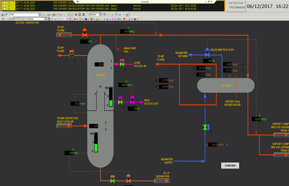
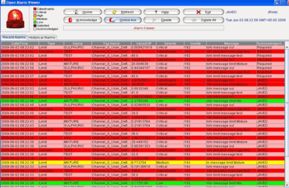
Typical user control room operator HMI
Key Considerations for Digital Solutions
- Tailored Information: Reducing unnecessary data points and presenting only actionable, relevant insights ensures operators can focus.
- Transparent Algorithms: Operators must trust the results of analytics tools. Showing how these results are obtained avoids the mistrust of opaque “black box” calculations.
- Human-Centric Design: Operators need tools designed around their workflows, with an emphasis on supporting—not replacing—their decision-making processes.
Navigating AI and Machine Learning Limitations
While Artificial Intelligence (AI) and machine learning offer promise, their application in control rooms is far from foolproof. For example, systems may trigger false positives (flagging problems where there are none) or miss warning signs of real issues entirely (false negatives). Furthermore, machine learning struggles to recognize first-of-a-kind incidents or adapt seamlessly to complex, high-risk environments.
The human element remains indispensable. Engineering expertise and operational feedback are critical for validating AI’s outputs and refining its effectiveness. Context-specific knowledge, tacit expertise, and real-world experience form the backbone of reliable decision-making in production environments.
Supporting Operators with Practical Digital Tools
Digitalization is not about replacing operators but empowering them. Tools like Kairos Technology’s Control Room Assistantare designed to enhance cognitive decision-making by streamlining processes such as deviation detection, root cause analysis, and predictive modeling. By bridging the gap between human judgment and machine precision, such solutions can drastically increase both safety and productivity.
Building a Smarter, Safer Future
The future of digitalization in production facilities lies in seamlessly integrating human expertise with technological advancements. Innovations in predictive analytics, machine learning, and real-time decision support will continue to shape operations. To succeed, organizations must prioritize three core principles:
- Collaborative Design: Engage operators in the development process to ensure tools align with their needs and workflows.
- Continual Improvement: Use feedback loops to refine system performance and eliminate inaccuracies.
- Balanced Automation: Rely on AI for support, not substitution, in complex, high-stakes scenarios.
Downtime will never be completely eradicated, but its financial and operational impacts can be significantly mitigated. By leveraging digitalization wisely and focusing on practical solutions, production facilities can achieve exceptional reliability and performance.
Final Thoughts
Digitalization offers a once-in-a-generation opportunity to transform how production facilities operate. But it’s not without challenges. Success lies in adopting tools that enhance situational awareness, foster trust, and simplify—not complicate—operations. With the right mix of human expertise and innovative technologies, we can create smarter, safer, and more efficient production environments. For businesses ready to redefine their operational possibilities, Kairos Technology provides the expertise and tools to lead the charge into a more reliable and resilient future.




